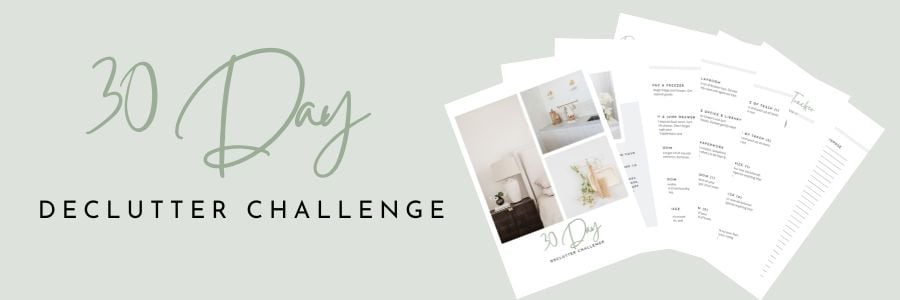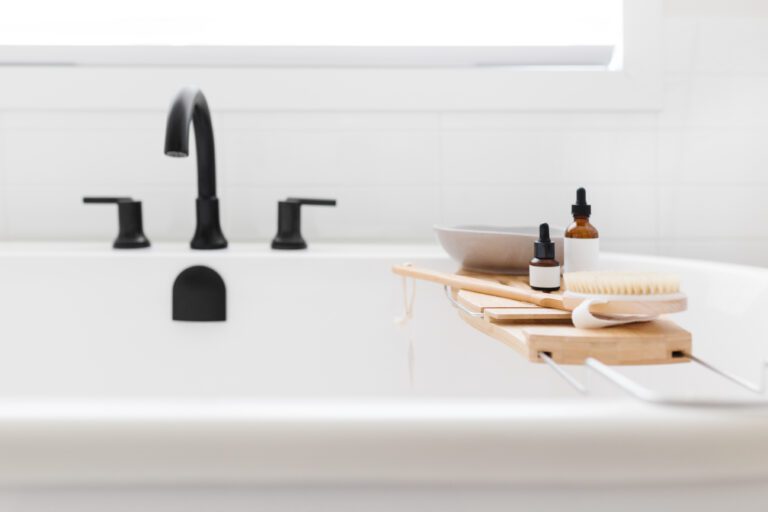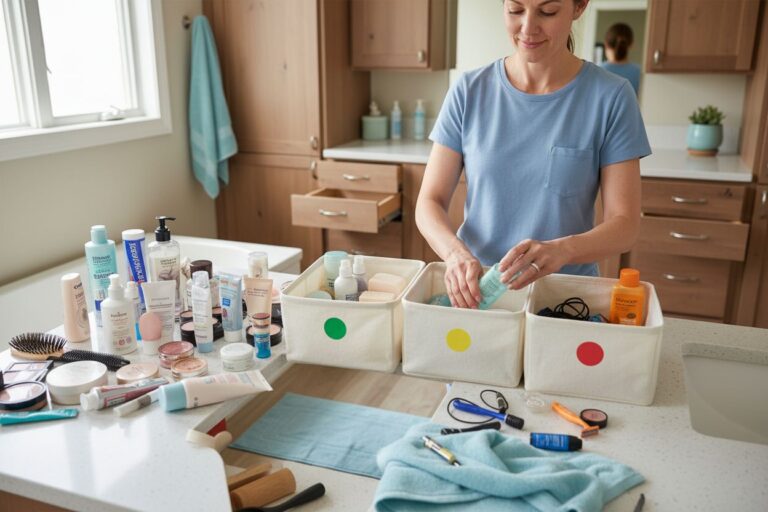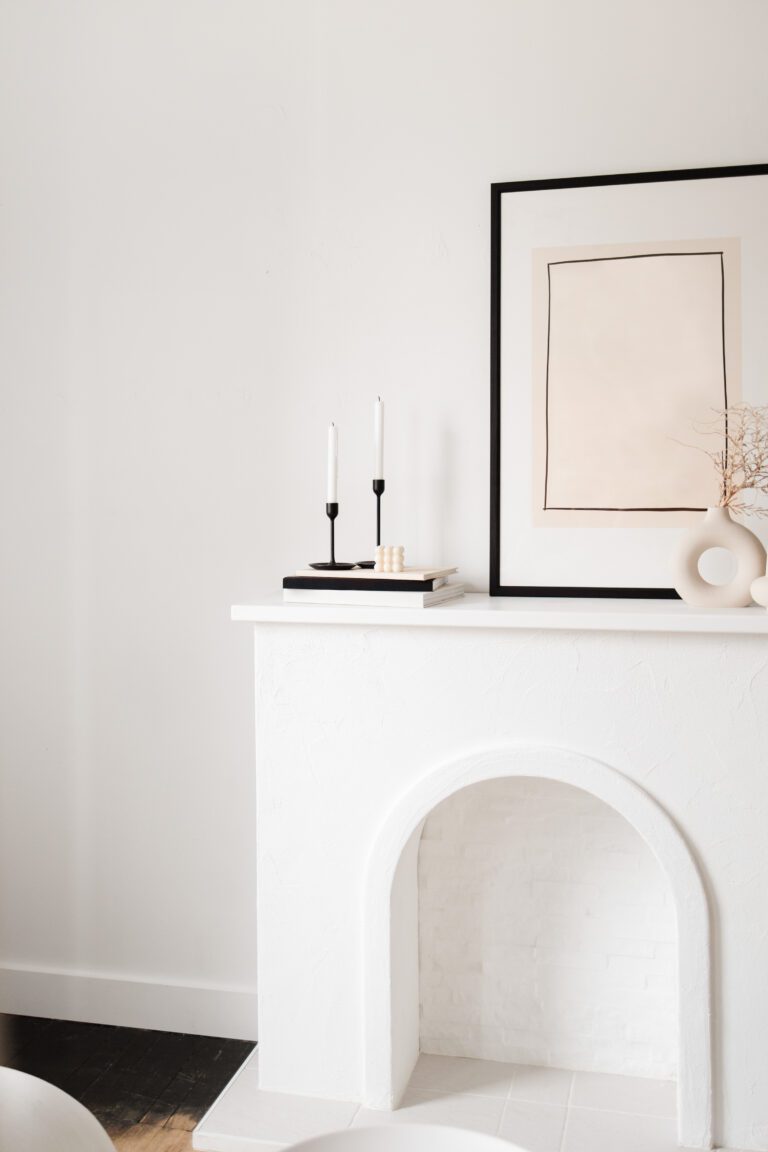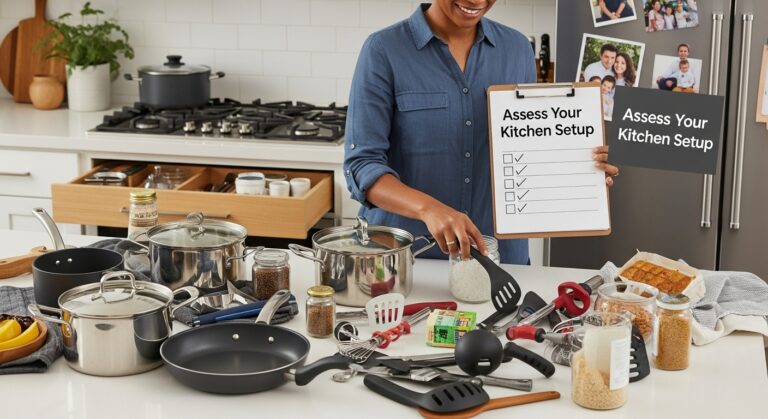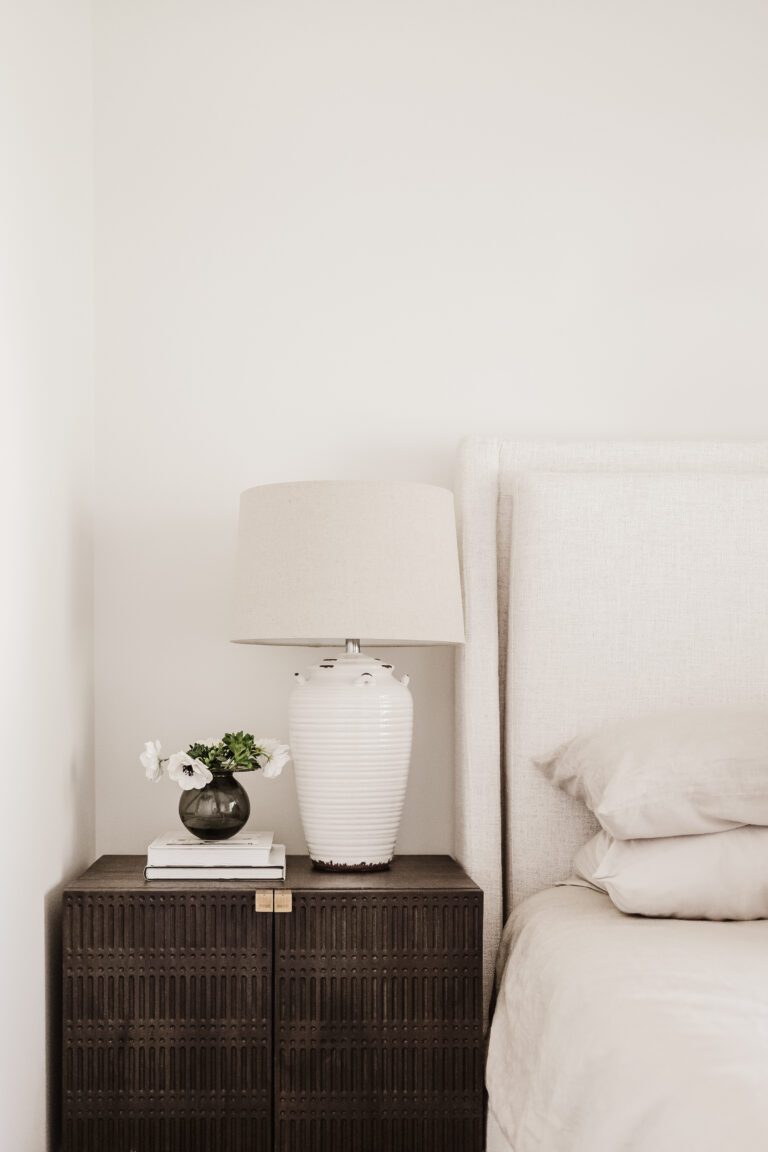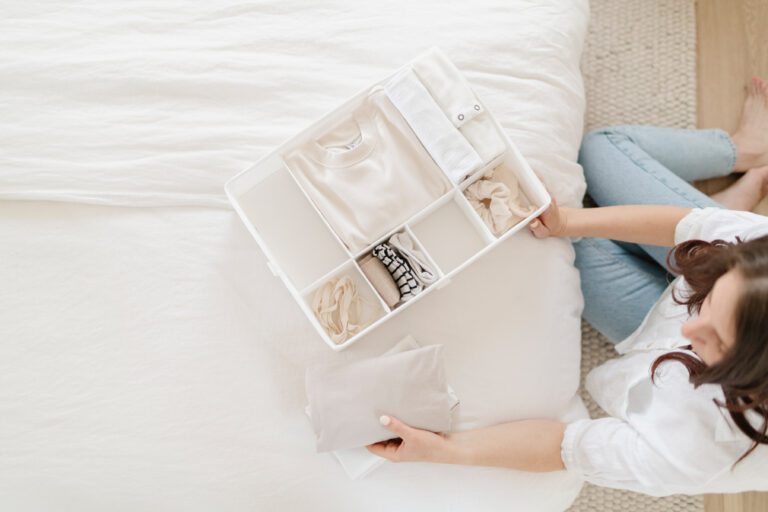9 Easy Ways to Prevent Clutter at Home
If you’re looking for some easy ways to prevent clutter at home, this is the post for you! Clutter can creep into our lives, slowly but surely, causing stress, overwhelm, and inefficiency. The good news is that preventing clutter is often more manageable than dealing with it once it takes over. Here are some popular clutter prevention methods that can help you maintain an organized and stress-free living space.
1. Embrace Minimalism
Minimalism one of the most popular and effective ways to prevent clutter at home that centres on the simple idea that “less is more.” It encourages you to simplify your life by keeping only what truly adds value and meaning. Here’s how to embrace minimalism:
- Declutter Regularly: Schedule regular decluttering sessions to assess your possessions and remove items you no longer need.
- Mindful Consumption: Before making a purchase, ask yourself if the item aligns with your values and serves a purpose. Avoid impulse buying.
- Quality Over Quantity: Choose quality over quantity when acquiring possessions. Invest in items that are well-made and will last.
- Create Empty Spaces: Allow for empty spaces in your home. Empty shelves and surfaces not only look clean but also reduce the temptation to fill them with unnecessary items.
Minimalism is a powerful clutter prevention method that encourages intentional living and can lead to a more serene and uncluttered environment.
2. The “One In, One Out” Rule
The “One In, One Out” rule is a straightforward and effective way to prevent clutter. The idea is simple: for every new item you bring into your home, one similar item must go out. This rule encourages you to maintain a balanced and manageable number of possessions.
For example, if you buy a new piece of clothing, consider donating or selling an old piece you no longer wear. By adhering to this rule, you’ll prevent possessions from accumulating and maintain a clutter-free space.
You could take it further and have a “One In, Two Out” Rule to streamline your possessions even further!
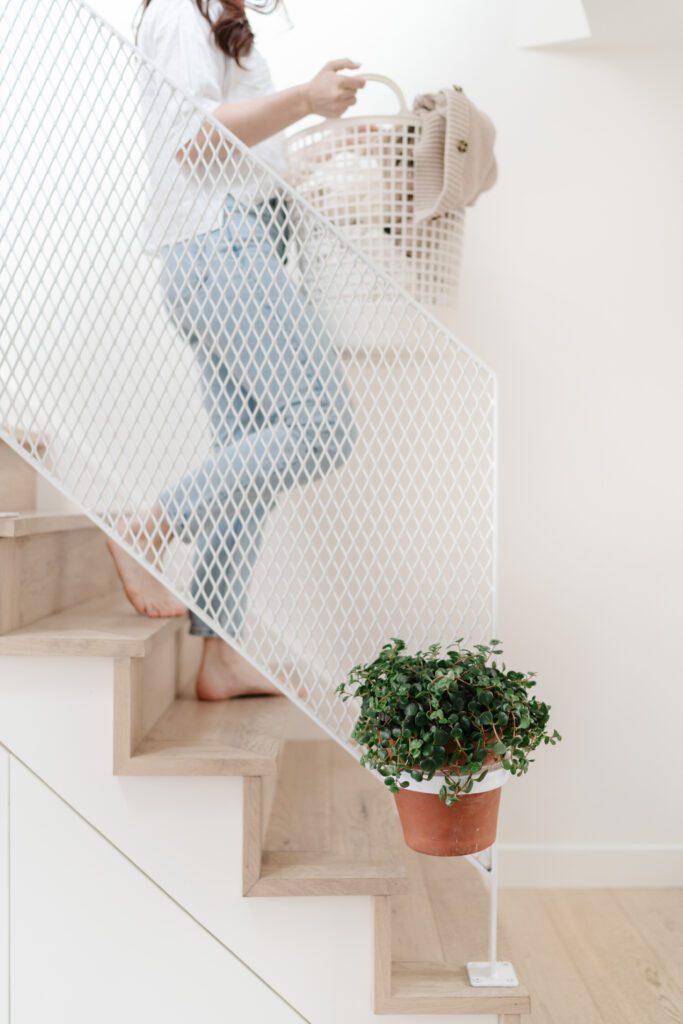
3. Regular Decluttering Sessions
Consistency is key to clutter prevention. Having regular decluttering sessions, whether weekly, monthly, or seasonally, can help you stay on top of clutter and keep your space organized. During these sessions, assess your possessions and identify items that are no longer needed.
Ask yourself questions like:
- Have I used this item in the past year?
- Does it hold sentimental value?
- Does it serve a specific purpose in my life?
If the answer is no, consider letting go of the item by donating, selling, or recycling it. Here are some more questions to ask yourself to make decluttering easier. Regular decluttering sessions prevent clutter from piling up and make it easier to maintain a clutter-free, organized home.
4. The KonMari Method
Marie Kondo’s KonMari Method has gained worldwide popularity for its approach to decluttering and organizing. The method focuses on keeping only items that “spark joy” and creating a more intentional and organized living space. Here’s how it works:
- Commit to Decluttering: Start by committing to declutter your entire home in one go, rather than room by room.
- Tackle Categories, Not Locations: Organize your belongings by category (e.g., clothing, books, kitchen items) instead of by room. This allows you to see the full extent of each category and make more deliberate choices.
- Hold Each Item: As you go through your possessions, hold each item and ask yourself if it “sparks joy.” If it doesn’t, thank it for its service and let it go.
- Fold and Store Efficiently: Learn the KonMari folding method for clothing and find efficient storage solutions for your remaining possessions.
The KonMari Method is not just about decluttering but also about creating a more joyful and organized living space by focusing on what truly matters to you.
5. The 10-Minute Rule
The 10-Minute Rule is a quick and effective clutter prevention method for busy individuals. It involves setting aside just 10 minutes a day to tackle clutter in your home. Here’s how it works:
- Set a Timer: Dedicate 10 minutes to decluttering or organizing a specific area or task in your home.
- Stay Focused: During those 10 minutes, stay focused and work efficiently. Avoid distractions and make quick decisions about what to keep and what to let go of.
- Consistency Is Key: Commit to this daily habit, and over time, you’ll make noticeable progress in preventing clutter.
The 10-Minute Rule is an excellent way to tackle clutter in small, manageable chunks, even if you have a hectic schedule. If you have more time to declutter, why not try this: Declutter a Room in 30 Minutes: The Ultimate Speedy Guide to a Neat Space
6. Create a Place for Everything
One way to stop your home looking cluttered is to ensure that every item in your home has a designated place. When everything has a home, it’s easier to put things away, find what you need, and prevent clutter from accumulating.
- Labeling: Consider labeling containers, drawers, and shelves to remind you and your family members where items belong.
- Clear Containers: Use clear storage containers to easily identify the contents, reducing the need to rummage through boxes.
- Regular Maintenance: Periodically review and reorganize your designated storage spaces to ensure they remain functional.
By creating a place for everything, you’ll minimize the likelihood of items becoming clutter and make it easier to maintain order.
7. The “Four-Box” Method
The “Four-Box” Method is a systematic approach to decluttering and preventing clutter and is exactly what the name suggests: it involves sorting items into four boxes or categories: Keep, Donate, Trash, and Sell as you go along. Here’s how it works:
- Keep: Place items you want to keep in the “Keep” box. These are items that you use regularly and that have a purpose in your life.
- Donate: Items that are in good condition but no longer serve you can go into the “Donate/Sell” box.
- Trash: Dispose of items that are broken, damaged, or beyond repair in the “Trash” box.
- Sell: If there is anything you feel could sell, this is the box to pop them in.
The “Four-Box” Method encourages you to make decisions about each item and ensures that clutter is promptly dealt with. Once you’ve worked your way through the area or space you’re decluttering you can then tackle each box, with the items in the Keep box getting organized in your home, the Trash box being disposed of and the other two boxes being dealt with accordingly. Don’t let the Donate boxes build up for too long otherwise you’ll be back to square one!
8. Digital Decluttering
Hands up if you have a million emails in your inbox, or your Google Photos are overflowing? It can’t just be me…! In our digital age, clutter prevention extends beyond physical possessions to include digital clutter. Managing your digital life is just as crucial for maintaining an organized and stress-free environment. Here are some tips for digital decluttering:
- Email Inbox: Regularly clean up your email inbox by unsubscribing from newsletters you no longer read and organizing emails into folders.
- Computer Files: Organize your computer files into folders and delete duplicates or unnecessary files.
- Social Media: Unfollow accounts that no longer interest you and declutter your social media feeds.
- Apps and Devices: Delete unused apps and files from your devices to free up storage space and reduce digital clutter.
Digital decluttering can help create a sense of mental clarity and efficiency in today’s digital world.
9. Practice Mindful Consumption
One of the most effective clutter prevention methods is practicing mindful consumption. This means being intentional about what you buy and bring into your home. Before making a purchase, ask yourself:
- Do I really need this item?
- Will it add value to my life?
- Where will I store it?
- How will it affect my living space?
By being more discerning with your purchases you’ll end up buying less, and less purchases means less clutter at home.
Hopefully these 9 clutter-prevention methods will help to prevent clutter at home and help you to maintain a calm, organized home. Which will you decide to use?

